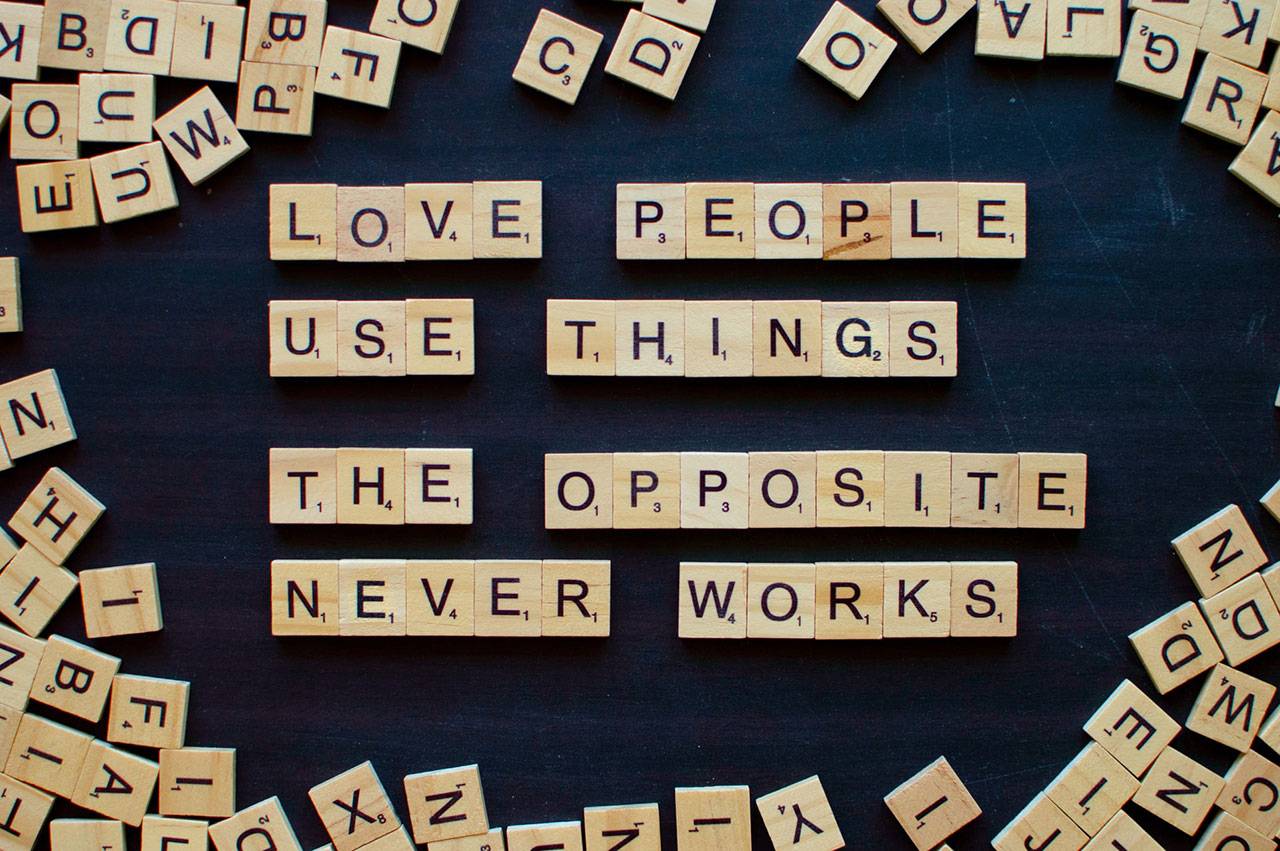Effects of Word Puzzles on Early Childhood

Humans have long acknowledged that puzzles serve substantial advantages to children’s growth. Children frequently begin with basic word puzzles based on the names of common household items.
They progress to increasingly complicated silhouettes of physical things, which need more thought. People generally mix puzzles of varied difficulty as the final step in solving word puzzles. The participant is led by a visual that they put together, and they always get the same outcome.
Among the best activities for young children to learn are crossword puzzles. They come in many shapes and forms, with varying degrees of difficulty, rendering them suitable for a wide range of ages, including adults.
Word puzzles are essential for the growth of children and are especially useful in the preschool and elementary years. Puzzles help children learn a variety of skills, making them an ideal instructive recreational activity for children in their early years. Here are some of the influences doing word puzzles has on your child’s development.
The Three Basics
When your kid is left alone with a crossword puzzle, three basic abilities will be developed:
- Physical abilities: include the ability to hold components and shift them till they fit together.
- Cognitive abilities: as they tackle puzzle issues.
- Emotional skills: they learn to be patient and are gratified when they finish the puzzle, which helps them develop.
These three fundamental abilities constitute the foundation for a well-rounded individual. Besides these fundamentals, working on a word puzzle with a companion or family member fosters social development as they work collaboratively about what goes where. This is a small thing because almost any activity that involves more than one individual will profit from it.
The Skills required to Master the Three Fundamentals
Each one of the three fundamentals is broken down into particular abilities that a word puzzle might help your child develop. We will go over them in detail under each subject.
1. Physical Abilities
a) Hand-Eye Coordination
Your youngster will build a strong connection between their vision, actions, and how their brain processes this data. Eye-hand coordination is the capacity of the eyes and hands to operate together to perform tasks effectively such as making a catch or fastening a shoelace, which is also component in developing dimensional accuracy.
Jumble solving from a young age is a simple technique to enhance a child’s eye-hand coordination and graphical integration, both of which are key skills for learning how to write.
b) Gross Motor Capabilities
Engaging word puzzles might help your youngster improve their major motor function so they can concentrate on their fine motor control. Reaching across to select a piece on either left or right side of a kid, or bending across the midline to place it in place, is a fantastic way to learn to cross the centerline.
c) Fine Motor Control
Small and precise motions, such as moving fingers to place a puzzle piece exactly where it belongs, are developed and can lead to improved writing and keyboard skills.
2. Cognitive Skills
a) Knowledge of the environment
There is no useful technique for your toddler to get an awareness of the world before them than to allow them to physically control it. Word puzzles allow that by enabling your child to pick up certain tiles and placing them in different places till they get it right.
b) Visual Perception
Simple words are the initial puzzles children solve. Then, until abstract crossword puzzles are employed, more complex models are used. When toddlers put word puzzle pieces together, their eyes notice the outcome and this information is transferred to the brain to be interpreted.
This phenomenon is termed as visual perception. You would not know or comprehend why two parts should link or how they fit into the overall picture if you did not have this skill.
c) Memory
Your child must recall the pieces that do not go right away in order to fit them later. This helps them develop better memorization skills which are beneficial later on in life.
d) Problem-solving
The word puzzle piece will either fit or does not fit. Your youngster solves the challenge using critical thinking abilities, and you cannot cheat on a puzzle. If you look closely at children working on puzzles, you can see smoke pouring out of the little one’s ears.
Puzzles force them to think critically. A word puzzle is exactly what it says it is. It must be determined logically, by experimentation, or by correlating form, structure, and other factors. Conflict resolution should be taught to youngsters through play, with plenty of opportunity for them to explore.
3. Emotional Skills
a) Setting Objectives
The first target is to complete the word puzzle; the second objective is to devise a sequence of puzzle-solving solutions. For example, grouping similar alphabets together for future reference purposes.
b) Patience
Unlike athletics, you cannot just walk up to the bat and smash until you hit the home run in word puzzles. Before you come to the conclusion, you must exercise tolerance and make your way through the problem methodically.
Final Thoughts
The advantages of word puzzles in early childhood are undeniable. You utilized them, your parents did, and your kids are still using them. Allow your youngster to go from simple words to a sophisticated vocabulary that is linked by a conceptual notion with a board game element.

